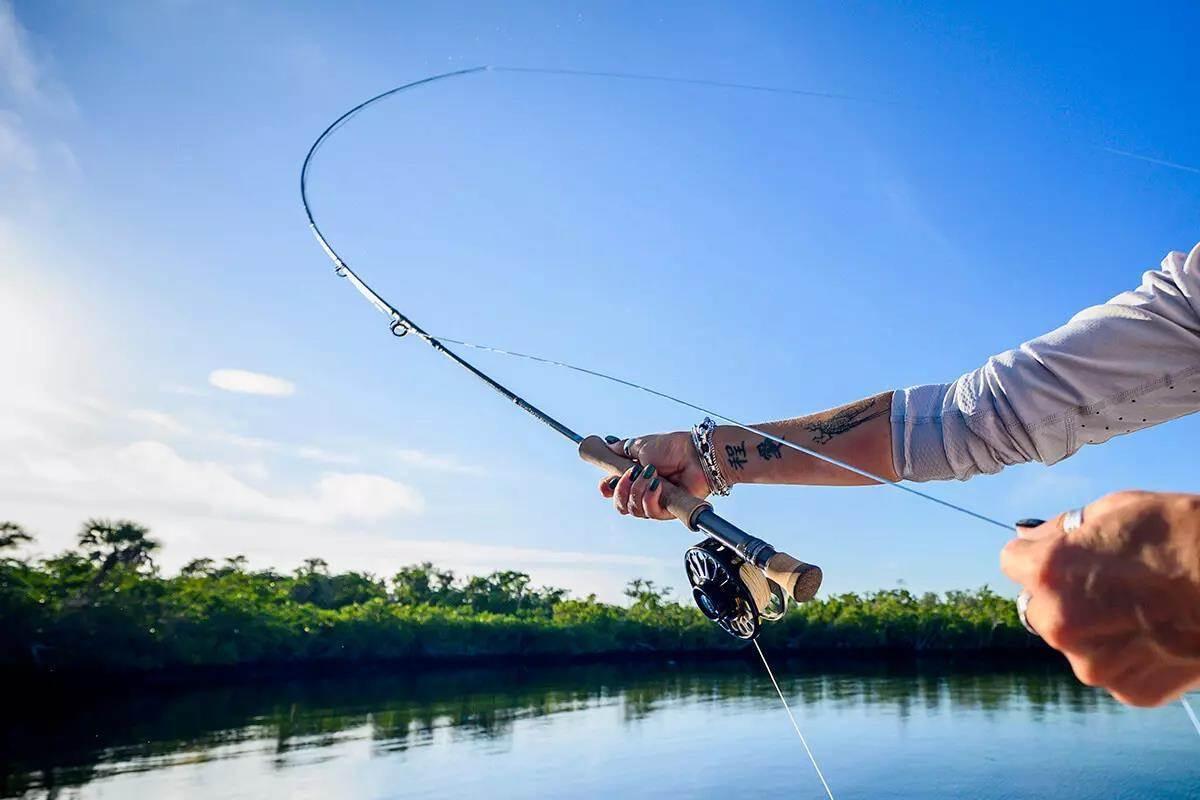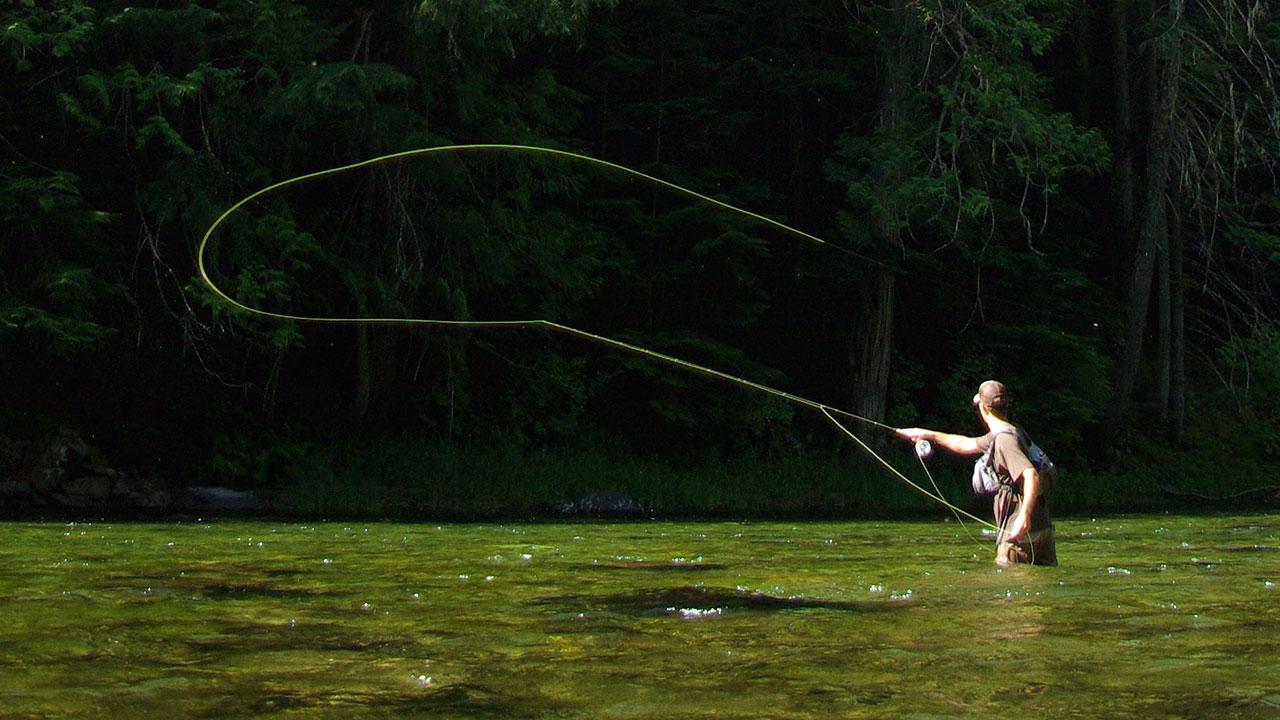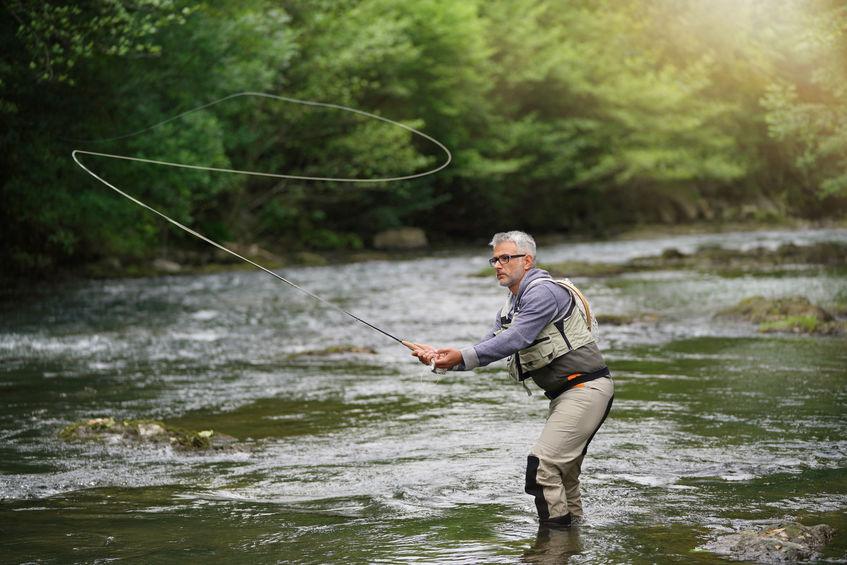The allure of the Thames: Discovering a Hidden Fishing Paradise
Nestled within the heart of England,the Thames offers much more than its iconic bridges and bustling banks. as I ventured too its quieter stretches, I discovered a hidden world teeming with life that beckoned to be explored. Here, the gentle flow of the river becomes a sanctuary for anglers seeking solace and adventure. the experience is richly layered, where the thrill of catching a fish intertwines with the serenity of nature, providing the perfect backdrop for the novice and seasoned fisherman alike.
Fly-fishing along the Thames is not merely an activity; it is an invitation to immerse oneself in the environment. With every cast, one is reminded of the river’s ancient rhythms and secrets. There are several key elements that make this experience truly enchanting:
- Variegated Ecosystems: Each bend in the river reveals distinct habitats, from tranquil pools to bustling shallows.
- Local Biodiversity: the thames is host to a vibrant array of species, including graceful trout and elusive grayling.
- Picturesque Surroundings: The lush greenery, quaint villages, and historic landmarks create a scenic environment that captivates the spirit.
With a fly rod in hand and the sun filtering through the trees, I learned that fishing here is as much about the journey as it is about the catch. Connecting with the rhythms of the river transformed my outlook, allowing me to appreciate the delicate balance of nature while honing my skills as an angler. Each outing became a chapter in a story woven with tranquility and exploration, making the Thames a true fishing paradise waiting to be discovered.

Essential Gear to Get Started with Fly-Fishing in Urban Rivers
To embark on your fly-fishing adventure along urban rivers like the Thames, equipping yourself with the right gear is paramount. First and foremost, you will need a quality fly rod that suits the type of species you’re aiming to catch. Look for a rod ranging from 8 to 9 feet for versatility, paired with a reel loaded with weight-forward floating line to ensure smooth casting. Don’t forget a sturdy wading vest or pack to hold all your essentials, allowing you easy access while maintaining mobility on the riverbank.
In addition to the basics, consider investing in specialized flies that mimic the local aquatic life, with a selection of dry flies and nymphs being particularly effective in urban waterways. Make sure to don a pair of polarized sunglasses to reduce glare and enhance visibility beneath the water’s surface. Lastly, a well-rounded tackle box can definitely help organise your flies, leaders, and other necessary tools, ensuring you’re fully prepared for a day on the river, even amidst the bustling city environment.

Techniques for Success: Mastering the Art of Fly-Casting on the Thames
As I immersed myself in the tranquil waters of the Thames, I discovered that mastering the art of fly-casting is not merely about technique, but about connecting with nature. The murmuring currents and the rhythmic call of the wildlife became my teachers. To achieve precision and grace in each cast, I honed my skills through dedicated practice and attention to form. I emphasized the importance of:
- timing: synchronizing your arm movements with the line’s motion allows for smoother casting.
- Posture: Maintaining a relaxed yet upright stance is key to effective energy transfer.
- Focus: Targeting a specific area helps in developing accuracy and enhances the thrill of catching your prey.
Equally essential to the craft is understanding the intricacies of the river itself. I spent countless hours observing the water’s behavior, learning to read the currents, and recognizing potential feeding spots. This knowledge not only improved my casting but also deepened my respect for the river’s ecosystem. Key elements to study included:
- Water Levels: Fluctuating levels can impact fish behavior and habitat.
- Insect Hatches: Knowing when certain insects appear helps in selecting the right flies.
- Seasonal Patterns: Fish activity varies with the seasons, influencing the best times to cast.

Navigating the Waters: Local Ethics and Best Practices for Sustainable Fishing
As I stepped onto the banks of the Thames, the rhythmic sound of the flowing water became a gentle reminder of nature’s delicate balance. understanding the local ethics of fishing was crucial in this endeavor. I quickly learned that sustainable practices not only protect the fish populations but also preserve the scenic beauty of this iconic river. To truly honor the environment, I adopted several key principles:
- Catch and Release: Handling each fish with care ensured their survival and contributed to future generations of healthy stocks.
- Local Regulations: Staying informed about local fishing seasons, size limits, and protected species was essential to avoid unintended violations.
- minimize Impact: Keeping the riverbanks clean, respecting wildlife habitats, and using environmentally-pleasant tackle became part of my fishing creed.
These guidelines opened my eyes to the broader responsibilities of being an angler in such a cherished ecosystem. Each outing transformed into a blend of sport and stewardship, wherein I not only sought to hook a trout or a grayling but also fostered a relationship with the land and its inhabitants. Understanding that my actions directly influence the river’s health instilled a profound sense of purpose in my fishing adventures, solidifying a commitment to sustainability that I carry with me every time I cast my line.
